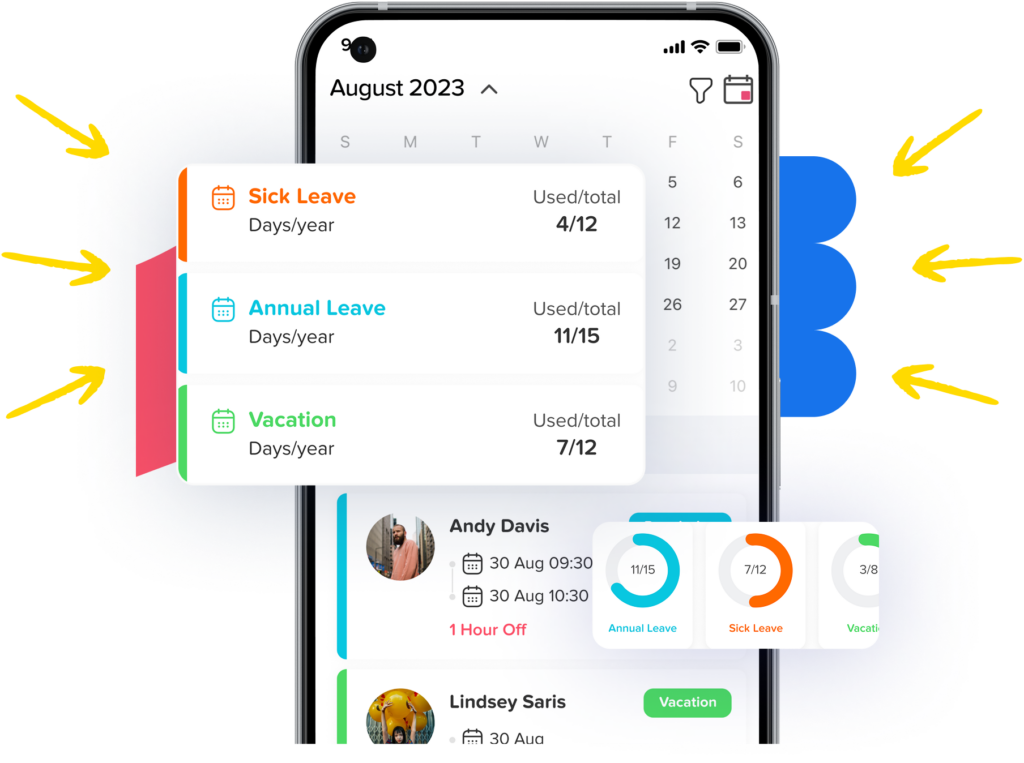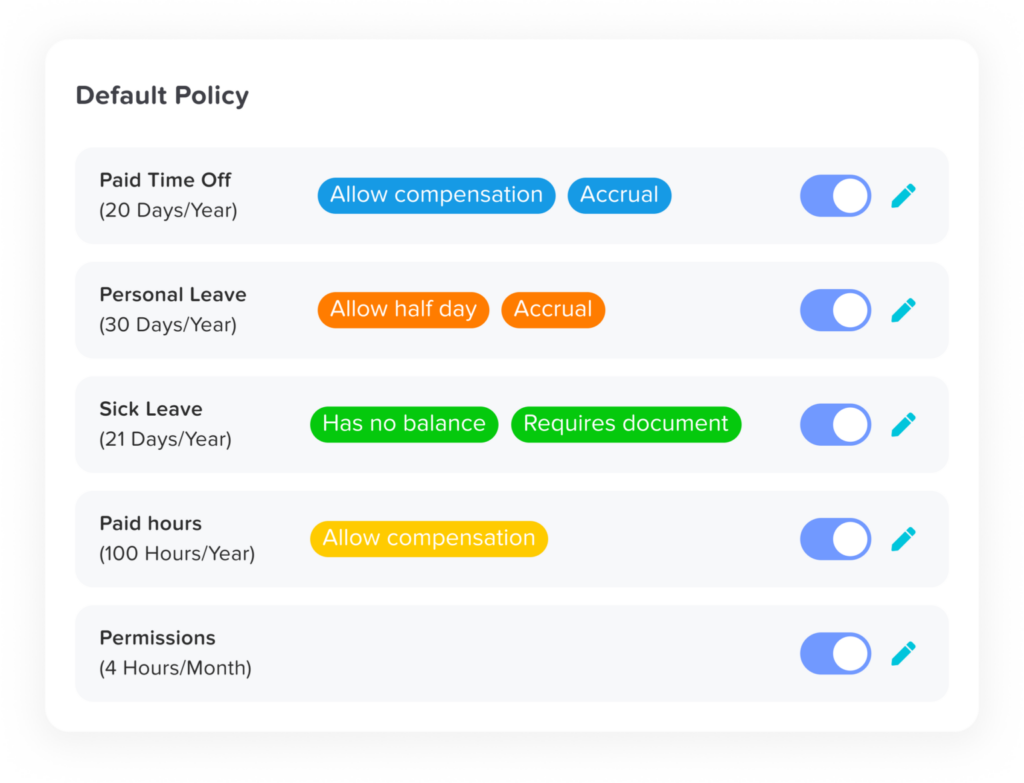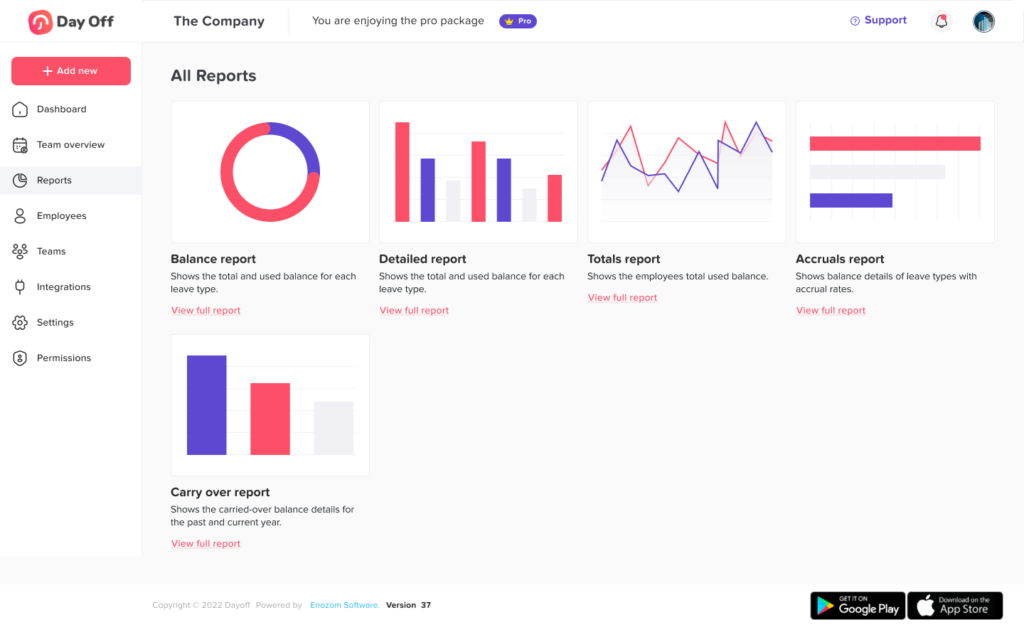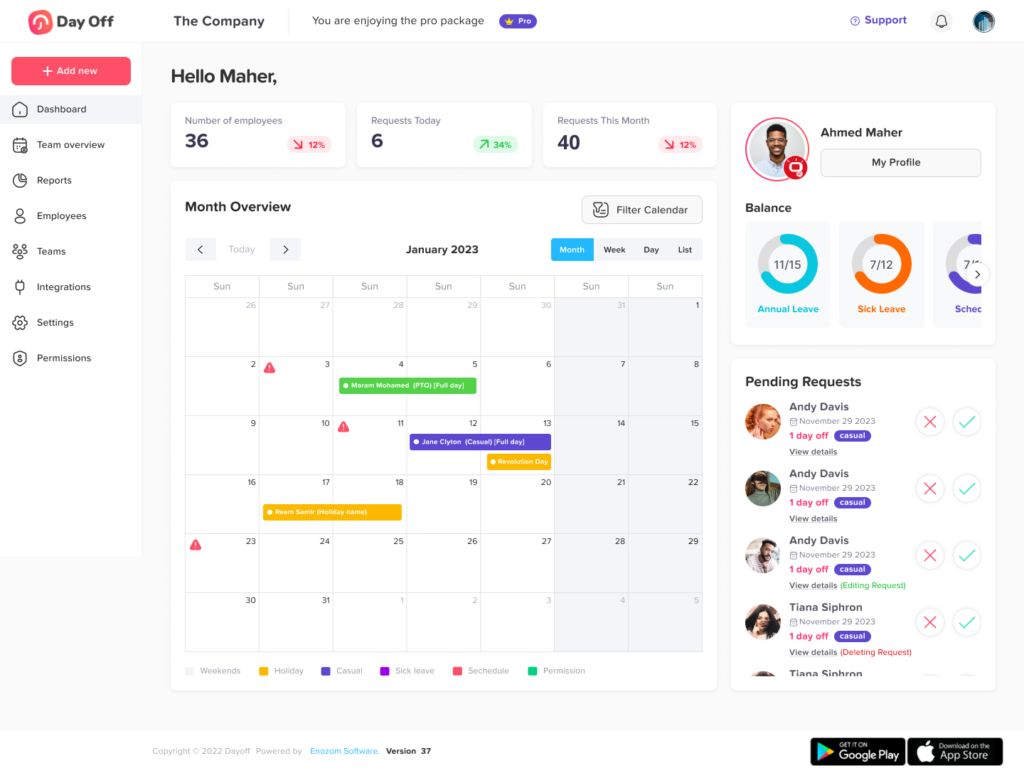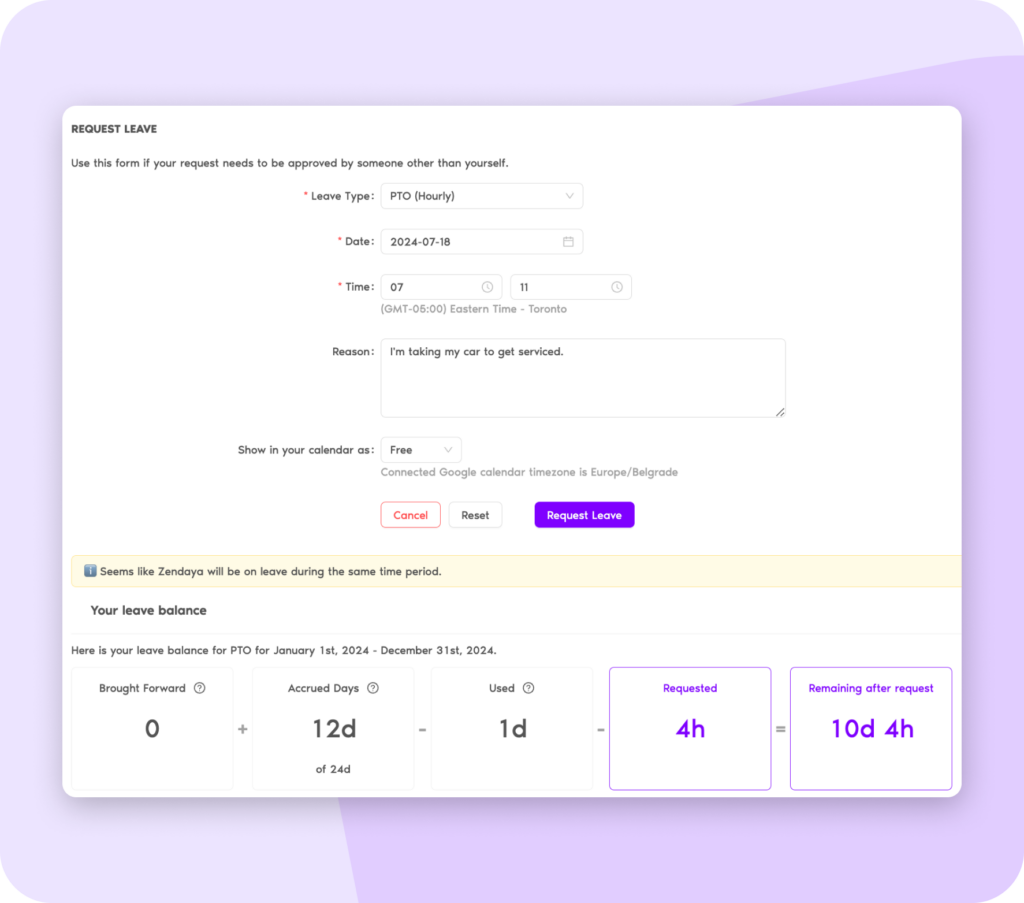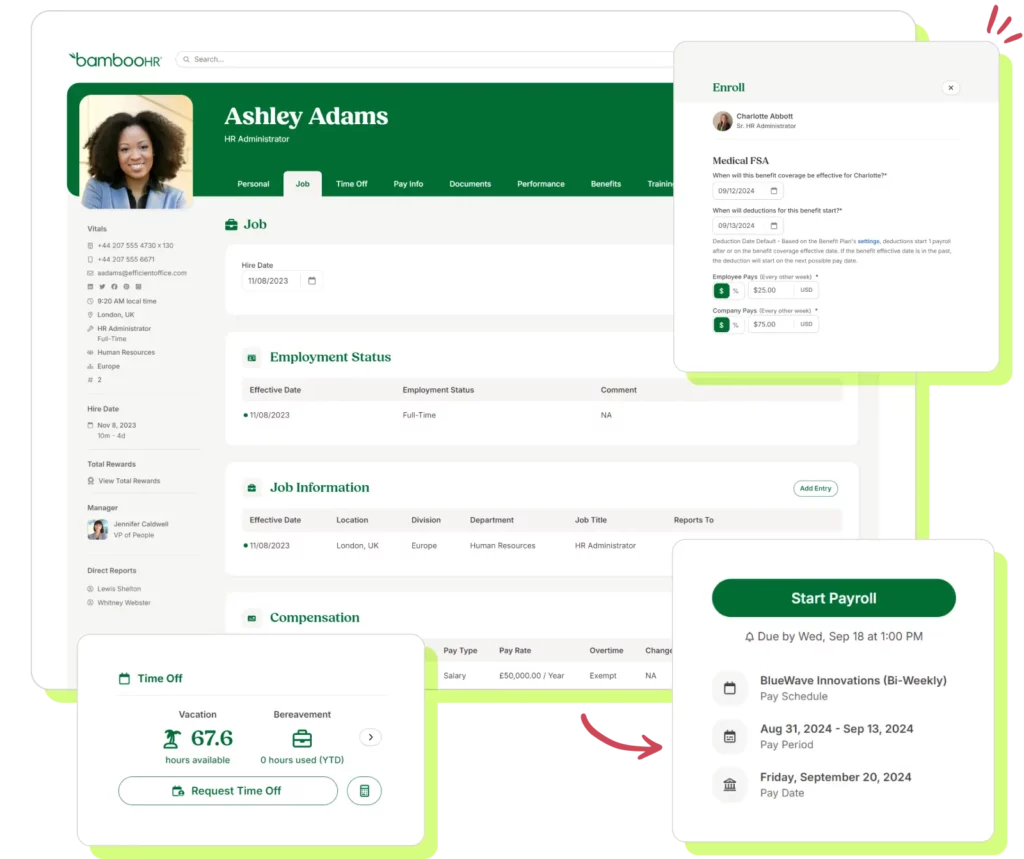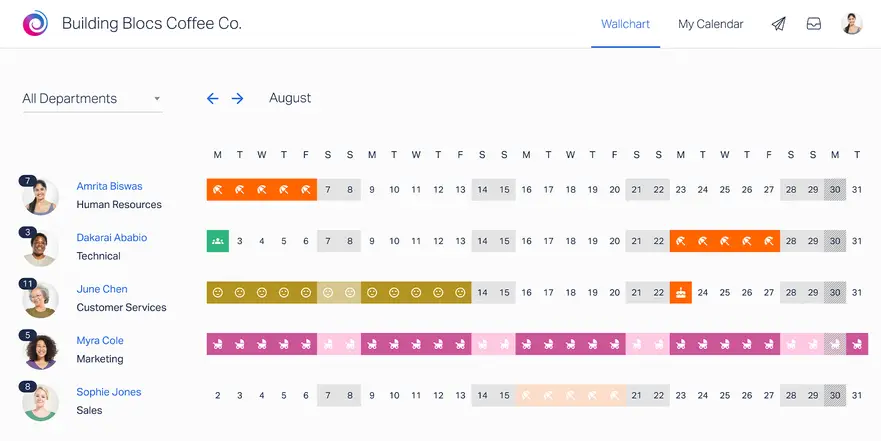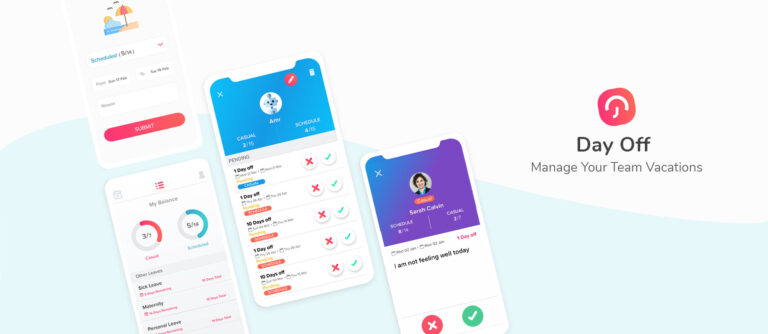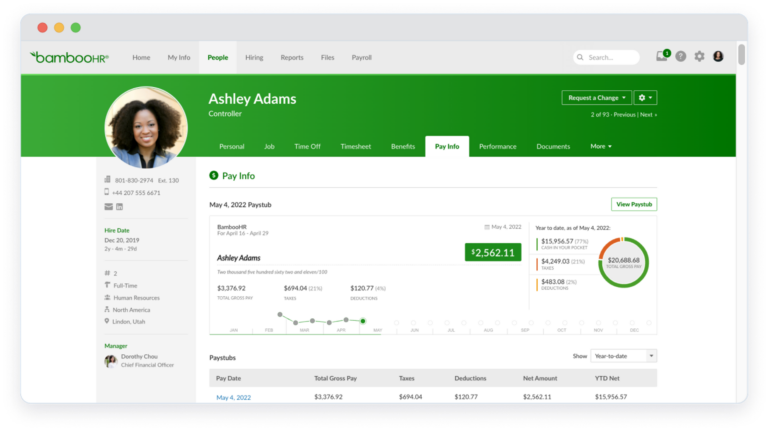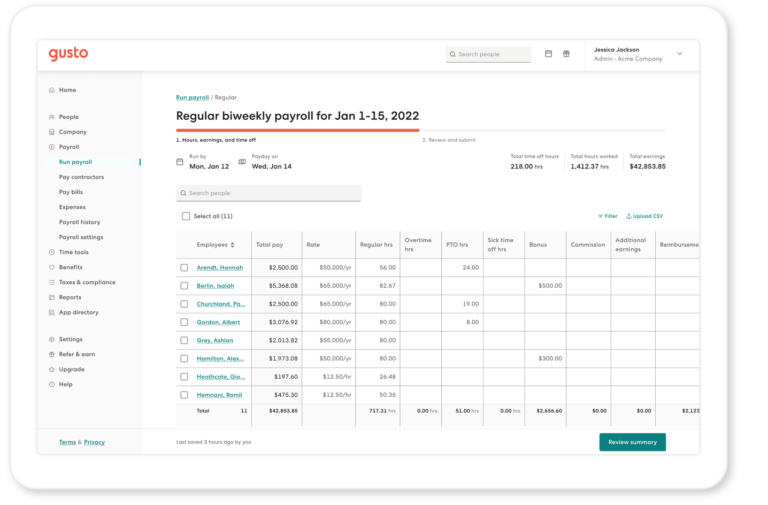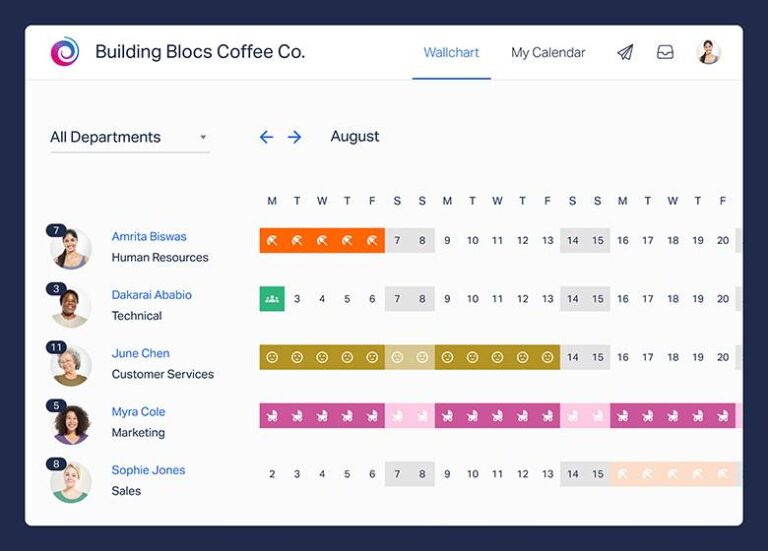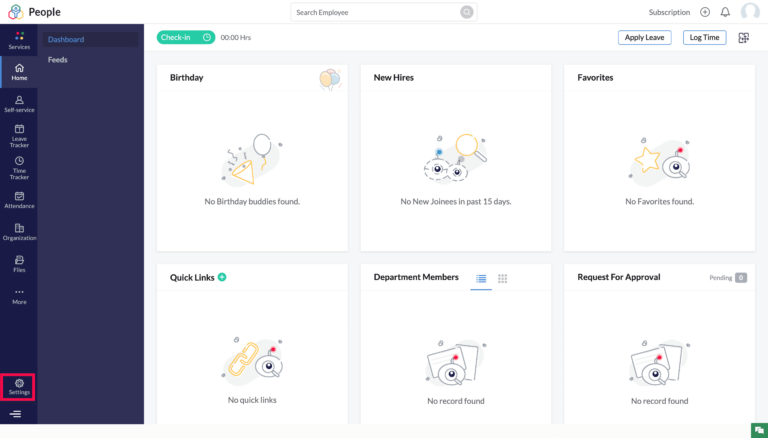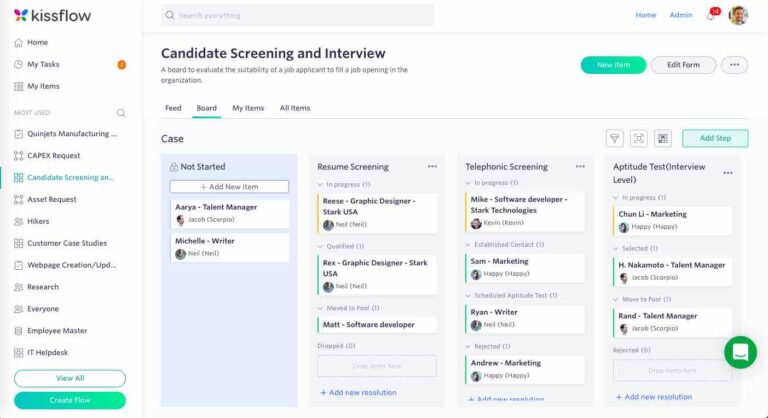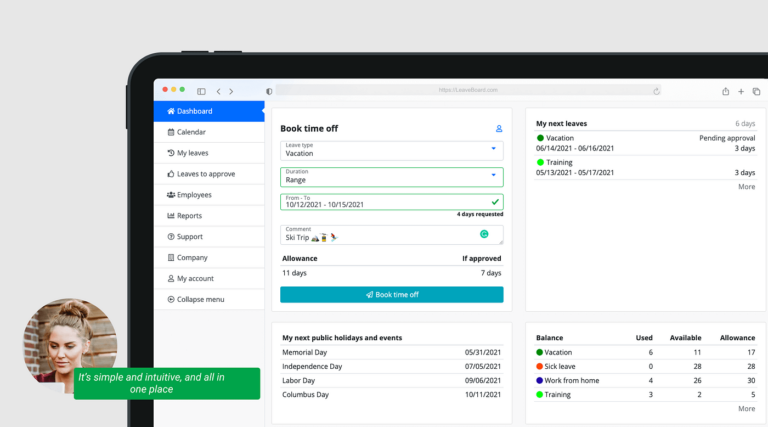A pay raise calculator is one of the most practical tools for both employees and employers when it comes to determining fair, accurate, and data-driven salary adjustments. Whether you’re an employee preparing for a performance review, an HR professional managing payroll budgets, or a business owner planning compensation structures, understanding how to calculate salary increases is essential.
With inflation, evolving job markets, and new expectations for compensation transparency, it’s never been more important to know how a percentage-based raise impacts total earnings, take-home pay, and long-term financial planning.
This guide covers everything you need to know about pay raise calculations, from how they work and how to calculate them manually, to how raises affect taxes, benefits, and career advancement. You’ll also find practical negotiation tips and a list of the best online tools to help you estimate your new salary quickly and accurately.
What Is a Pay Raise Calculator?
A pay raise calculator is a tool that helps determine your new salary after applying a specific percentage increase. Instead of manually crunching numbers, a calculator instantly performs the math, giving you accurate results and saving valuable time.
These tools are especially useful for:
Employees planning a raise negotiation or evaluating a job offer.
HR professionals managing payroll adjustments or merit-based increases.
Business owners forecasting budgets and compensation plans.
By entering just two values, your current salary and the raise percentage, you can instantly calculate your new annual, monthly, or hourly income.
Example:
If your current salary is $50,000 per year and you receive a 5% raise, the formula is:
New Salary = 50,000 + (50,000 × 0.05) = $52,500
Your new salary will be $52,500 per year, reflecting an increase of $2,500 annually.
Why Are Pay Raise Calculators Useful?
While the math behind a pay raise may seem simple, several factors, like taxes, benefits, and deduction structures, can make the real impact more complex. That’s where calculators become invaluable.
Accuracy
Manual calculations are prone to mistakes, especially when working with decimals, multiple raises, or different pay frequencies. Pay raise calculators ensure precise, consistent results every time.
Time-Saving
In a few seconds, you can find out how much your salary will increase annually, monthly, or hourly, no spreadsheets required.
Financial Planning
A raise impacts more than your paycheck. It influences your savings, taxes, retirement contributions, and budgeting strategy. Knowing your exact new income helps you plan effectively.
Transparency in Salary Discussions
Calculators support clear and honest communication between employers and employees. When both sides have accurate numbers, raise negotiations become smoother and more data-driven.
How Does a Pay Raise Calculator Work?
Most calculators only require two inputs:
Your current salary (hourly, monthly, or yearly).
The raise percentage (e.g., 3%, 5%, 10%).
The formula used is simple:
New Salary = Current Salary + (Current Salary × Percentage Increase)
Example:
An employee earning $40,000 annually gets a 7% raise.
7% = 0.07 (decimal form)
Raise amount = 40,000 × 0.07 = 2,800
New Salary = 40,000 + 2,800 = $42,800
That’s an additional $233 per month in gross income.
The Best Online Pay Raise Calculators in 2025
While you can calculate raises manually, online calculators offer a faster and more comprehensive solution. Below are the top tools available for employees and HR professionals.
Indeed Salary Calculator (Indeed.com)
Best for: Job seekers and employees comparing salaries
Why It’s Useful:
Uses real salary data from millions of employees and job listings.
Helps determine whether your current pay is competitive in your market.
Provides customized insights based on job title, industry, experience, and location.
Ideal for preparing salary negotiations or career changes.
Pro Tip: Combine this with Indeed’s “Salary Explorer” to visualize average pay trends across your field.
ADP Payroll Calculator (ADP.com)
Best for: Employers and HR teams managing payroll
Why It’s Useful:
Goes beyond salary calculations by including taxes, benefits, and deductions.
Helps employees estimate their net pay (take-home pay) after a raise.
Perfect for businesses that need accurate payroll forecasting and compliance.
Offers built-in tax tools for federal and state adjustments.
Use Case: HR professionals can simulate multiple raise scenarios and instantly see how they affect company budgets.
Glassdoor Salary Estimator (Glassdoor.com)
Best for: Professionals seeking real-world pay benchmarks
Why It’s Useful:
Aggregates salary data from verified employees and employers.
Offers personalized pay estimates based on role, company, and experience.
Displays total compensation, including bonuses, stock options, and benefits.
Excellent for assessing whether your pay aligns with industry standards.
Bonus: It also helps job seekers understand their market value before entering a salary negotiation.
SmartAsset Pay Raise Calculator (SmartAsset.com)
Best for: Employees wanting to see post-raise income after taxes
Why It’s Useful:
Shows your exact take-home pay after a raise.
Automatically factors in federal, state, and local taxes.
Includes additional financial planning tools like savings and retirement estimators.
Great for long-term planning and understanding your financial outlook.
Calculator.net Salary Calculator (Calculator.net)
Best for: Quick, straightforward raise calculations
Why It’s Useful:
Simple, no-frills tool that instantly calculates gross pay increases.
Displays new annual, monthly, and hourly rates.
Perfect for basic raise estimates without tax considerations.
Ideal For: Employees who want fast, clean, and accurate results without added complexity.
How to Calculate a Pay Raise Manually
While calculators make it simple, knowing how to do the math yourself is a valuable skill, especially for quick checks or salary negotiations.
Formula:
New Salary = Old Salary + (Old Salary × Raise Percentage / 100)
Example:
An employee earning $60,000 gets an 8% raise:
60,000 × 0.08 = 4,800
New Salary = 60,000 + 4,800 = $64,800
If paid monthly, that’s an increase of $400 per month before taxes.
Understanding the Financial Impact of a Pay Raise
A raise affects more than just your gross salary, it impacts taxes, benefits, and long-term financial planning. Here’s what to consider:
Taxes and Deductions
A higher salary increases your taxable income. This could move you into a higher tax bracket, reducing the actual amount you take home.
Federal & State Taxes: Your new income may be taxed at a slightly higher rate.
Payroll Deductions: Contributions to programs like Social Security or Medicare may increase.
Withholding Adjustments: If your raise is substantial, consider updating your tax withholdings to avoid surprises at year-end.
Pro Tip: Use SmartAsset’s paycheck calculator to estimate your post-tax income accurately.
Benefits Contributions
Many benefits are based on a percentage of your salary.
Retirement Plans: Contributions to a 401(k) or IRA will automatically increase if based on a fixed percentage, helping you save more for retirement.
Health Insurance: Some employer plans adjust premiums with salary changes.
Bonuses and Incentives: Higher salaries often influence future bonus structures.
A raise can increase both your future wealth and short-term deductions.
Cost of Living and Inflation
Not every raise increases real income. If inflation is rising faster than your salary, your purchasing power may actually decline.
Compare Raise % to Inflation %: A 4% raise during 6% inflation means your real income has decreased.
COLA Adjustments: Many companies include cost-of-living raises to offset inflation’s effects.
Always analyze raises in terms of their real-world value, not just the number.
Negotiating a Pay Raise: Key Strategies for Success
Negotiating your salary is an essential skill, and preparation makes all the difference.
Research Market Salaries
Use tools like Indeed, Glassdoor, and the Bureau of Labor Statistics (BLS) to compare average salaries for your role, experience, and location. Enter negotiations with concrete data to back your request.
Highlight Your Value
Don’t just ask, demonstrate why you deserve the raise.
Quantify achievements (e.g., increased sales by 20%, reduced costs by $10,000).
Showcase unique skills or certifications.
Provide documentation or recent performance reviews that reflect excellence.
Choose the Right Timing
The best times to request a raise include:
After completing a major project or exceeding performance targets.
During annual performance or budget reviews.
When the company reports strong financial results.
Avoid requesting raises during layoffs, restructuring, or downturns.
Prepare for Alternatives
If your request is denied, negotiate for:
Extra PTO days
Flexible work hours or hybrid arrangements
Bonuses or performance-based incentives
Professional development funding
Being flexible shows professionalism and can open future opportunities.
Frequently Asked Questions (FAQ)
How often should I expect a pay raise?
Most companies offer raises annually, typically tied to performance reviews or cost-of-living adjustments. However, exceptional contributions or promotions can warrant mid-year raises.
What is considered a “good” raise?
A standard raise falls between 3% to 5%, aligning with inflation. Exceptional performers or newly promoted employees may receive 8% to 15% or more, depending on company policy and industry standards.
Does a pay raise always increase take-home pay?
Not always. Taxes and benefits may offset part of the increase. For instance, a $5,000 annual raise might translate to roughly $3,800 after taxes, depending on your location and deductions.
How do I calculate a raise for hourly pay?
Use the same formula:
New Hourly Wage = Current Wage + (Current Wage × Raise Percentage)
If you make $20/hour and get a 5% raise:
20 + (20 × 0.05) = $21/hour
How does a raise affect overtime pay?
Overtime rates are based on your new hourly wage. For most employees, overtime is 1.5x the base rate, so a raise increases your overtime pay proportionally.
What if my raise is a flat amount instead of a percentage?
You can calculate the equivalent percentage using:
Raise % = (Flat Raise ÷ Current Salary) × 100
Example: $2,500 raise on a $50,000 salary = (2,500 / 50,000) × 100 = 5% raise.
Can I use a pay raise calculator for bonuses or commissions?
Yes, but some calculators only handle base pay. For bonuses and commissions, add them separately to your total annual income to get a more accurate picture of your total compensation.
What should I do if I don’t get a raise?
Ask for feedback on how to improve your performance and set measurable goals for the next review. You can also negotiate non-monetary benefits or explore other job opportunities if your pay lags behind market averages.
Are employers required by law to give raises?
No. Employers aren’t legally required to provide raises unless specified in a contract, collective bargaining agreement, or minimum wage legislation. However, offering regular raises helps companies attract and retain talent.
Should I use multiple salary calculators?
Yes. Each platform uses different data and methods. Comparing results from tools like Indeed, Glassdoor, and SmartAsset gives you a more accurate view of your salary expectations.
Conclusion
Understanding how a pay raise affects your salary is essential for financial confidence, career growth, and smart decision-making. Whether you’re calculating it manually or using an online pay raise calculator, knowing how to interpret your raise in terms of taxes, benefits, and long-term impact will help you make informed financial choices.
For employees, it’s about knowing your worth and planning for the future. For employers, it’s about ensuring fairness, transparency, and competitiveness in compensation.
By mastering pay raise calculations and approaching salary discussions with data and preparation, you can take full control of your financial growth, ensuring your income accurately reflects your value, performance, and contribution.




